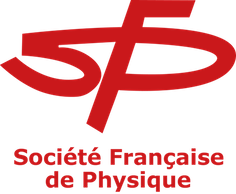Orateur
Description
Even if the interest into studying charged leptons is not new, it has been growing over the past few years. This is mainly because of the lack of new physics signal at the LHC, and the potential signal of the g-2 experiment at FermiLab. Technical advances giving access to the study of the tau lepton at the LHC along with Belle II, and the possibility to produce high intensity pulsed muon beams, also goes in this way.
In this scope, the COMET experiment (based in J-Parc) search for a coherent conversion of a muon to an electron. COMET would improve by a factor of 100 the actual measurement limit (CR(μ + Au → e + Au) = 7 × 10−13). The main difficulty related to COMET is the prominence of different backgrounds, especially the one induced by cosmic muons. Cosmic muons interacting with the detector and his close environment can produce signal-like electrons. To get rid of this, the COMET detector is surounded by a Cosmic Ray Veto (CRV) as hermetic as possible.
To estimate the number of muons that would pass through non protected areas, like the beamline, simulations based on backward Monte Carlo are done. These predictions have to be tested with a muon telescope before any construction of the CRV.

